Big Seaweed Search
from 01/01/2009
The Big Seaweed Search first launched in 2009. Hundreds of people took part and the data gathered, alongside other research, show that the distribution of seaweeds around the UK is changing. Now we aim to scale up the survey to collect thousands of new observations and to focus on key environmental issues that need more research. These issues are: rising sea temperature; the arrival and spread of non-native species of seaweed; and ocean acidification (the sea becoming more acidic as a result of absorbing carbon dioxide from the air). Home to a particularly high diversity of species, the UK is a special place for seaweeds. Unfortunately, seaweeds are not as popular as flowers, butterflies or birds, so fewer people make and submit observations of them. As a result, we know comparatively little about the abundance and distribution of seaweed species, and how this may change over time. Understanding more about seaweeds is critical to protecting marine environments.
Aim
Unlocking the secrets of our seaweeds to track change on British seashores: The Big Seaweed Search invites you to contribute to real scientific research from the Natural History Museum and the Marine Conservation Society. We need people to search for seaweeds all around the British Isles, to help us better understand and protect this vitally important habitat. At the same time you can enjoy exploring the coast with your friends or family. The Big Seaweed Search survey is helping to track the diversity of seaweeds across Britain’s coasts. Data will be used by scientific researchers at the Museum to understand how seaweeds are affected by environmental changes including sea temperature rise, ocean acidification and the spread of non-native species.
Needed equipment
● Big Seaweed Search recording forms and identification guides ● A smart phone or camera to take photographs ● First aid kit ● Pencils and clipboards
Created March 24, 2020, 1:53 p.m.
Updated March 24, 2020, 1:53 p.m.
